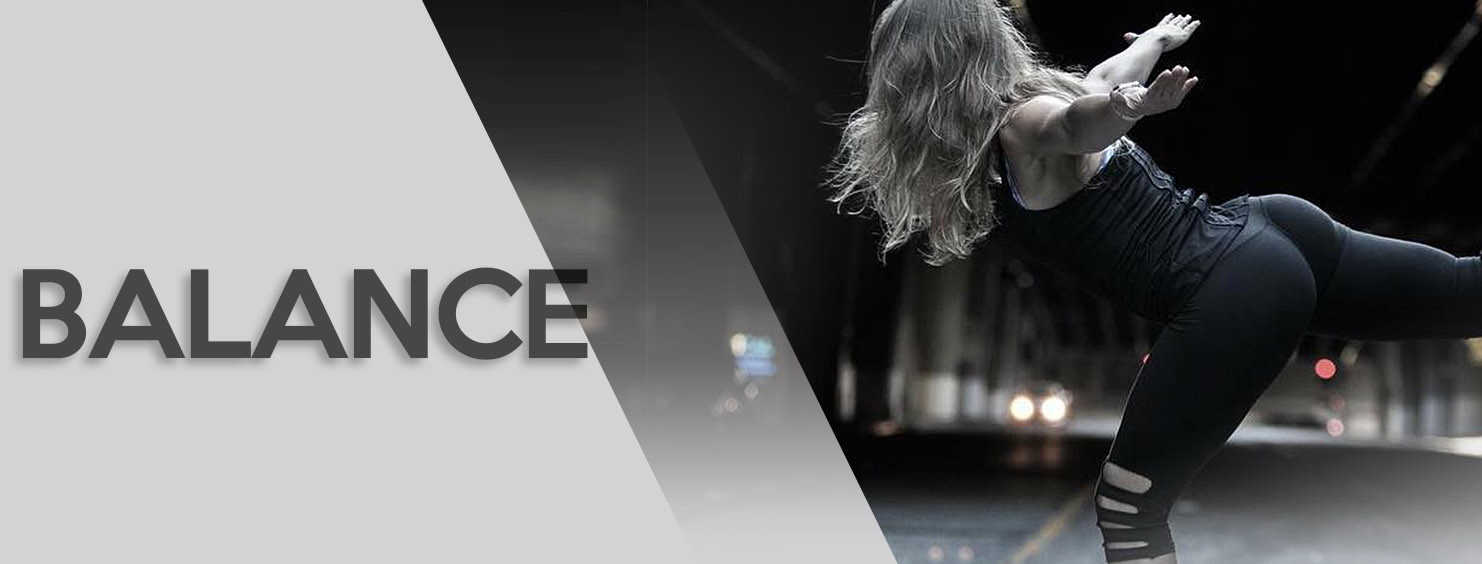

BALANCE
One of my 70 year young students told me a story about how she had been easily balancing on one leg while putting on her shoes after going through airport security. Interestingly, a month earlier, she could not hold a single leg stance for a few seconds. Such stories always warm my heart. Personally, I used to sprain my ankles all the time until I discovered balance exercises.
A simple ability to balance requires not only flexibility, muscle strength and joint stability but also mind and body connection. You have to be 100% present, monitoring your body, focusing on your breathing while performing static or dynamic balance exercises. I have seen how strong and fit men struggled with a single leg stance while older and out-of-shape people easily handled advanced dynamic balance challenges.
Regular balance training reduces the rate of ankle sprains and ACL injures. It strengthens the glut muscles, improves hip stability and increases neuromuscular efficiency.
The older we get the more important it is for us to have good balance to reduce the risk of falling which is a major cause of fractures. Balance exercises are challenging and can be fun at the same time. They take you to a higher level of your physical and neuromuscular performance where you are in control of your body and mind.
Check your balance:
- Stand with feet shoulders-width apart and pointing straight ahead. Hips should be in neutral position.
- Lift one leg directly beside balance leg. Maintain optimal alignment, including level hips and shoulders.
- Hold for 5-20 seconds.
- Switch legs and repeat as instructed.
